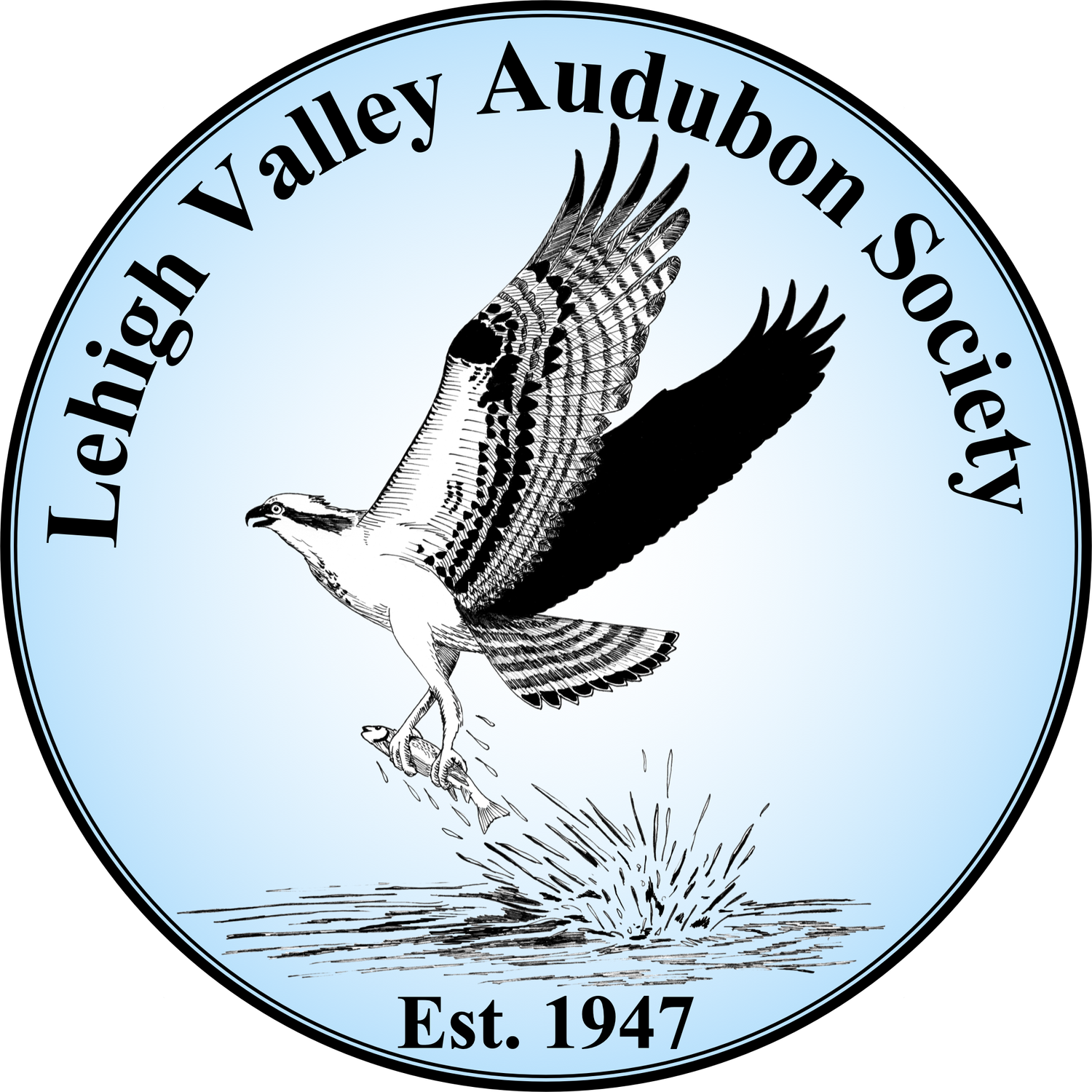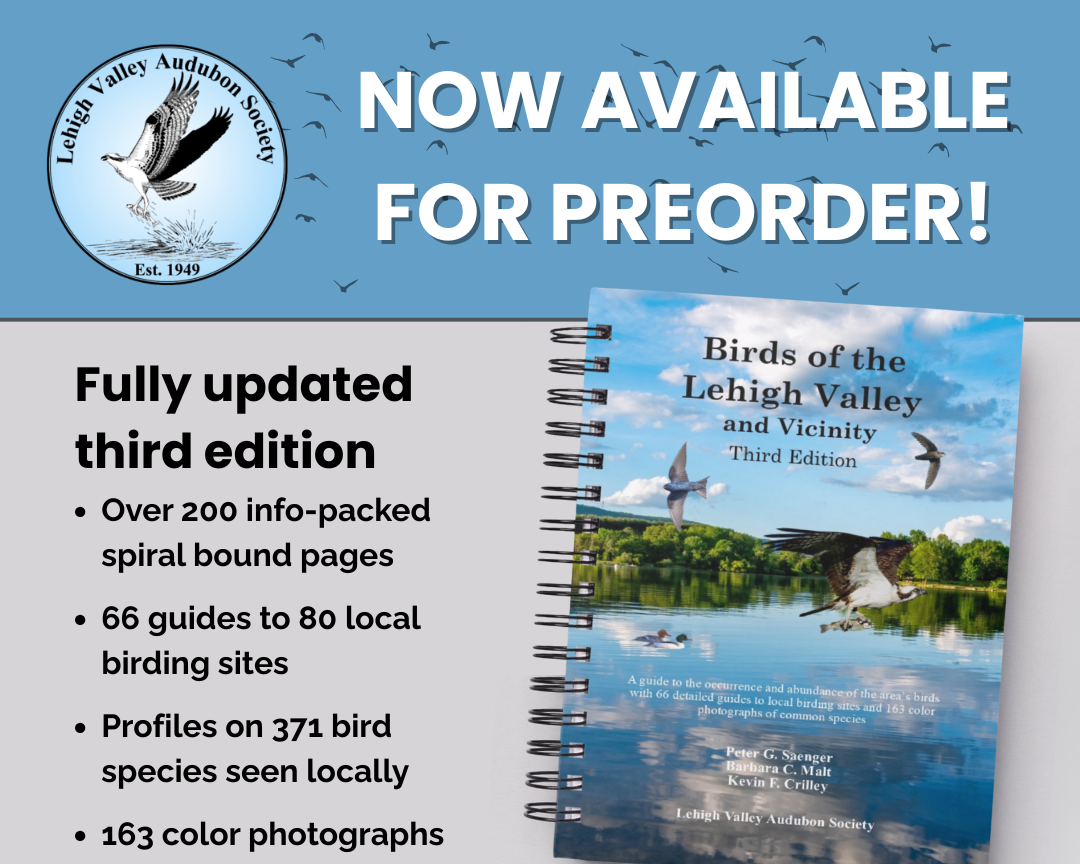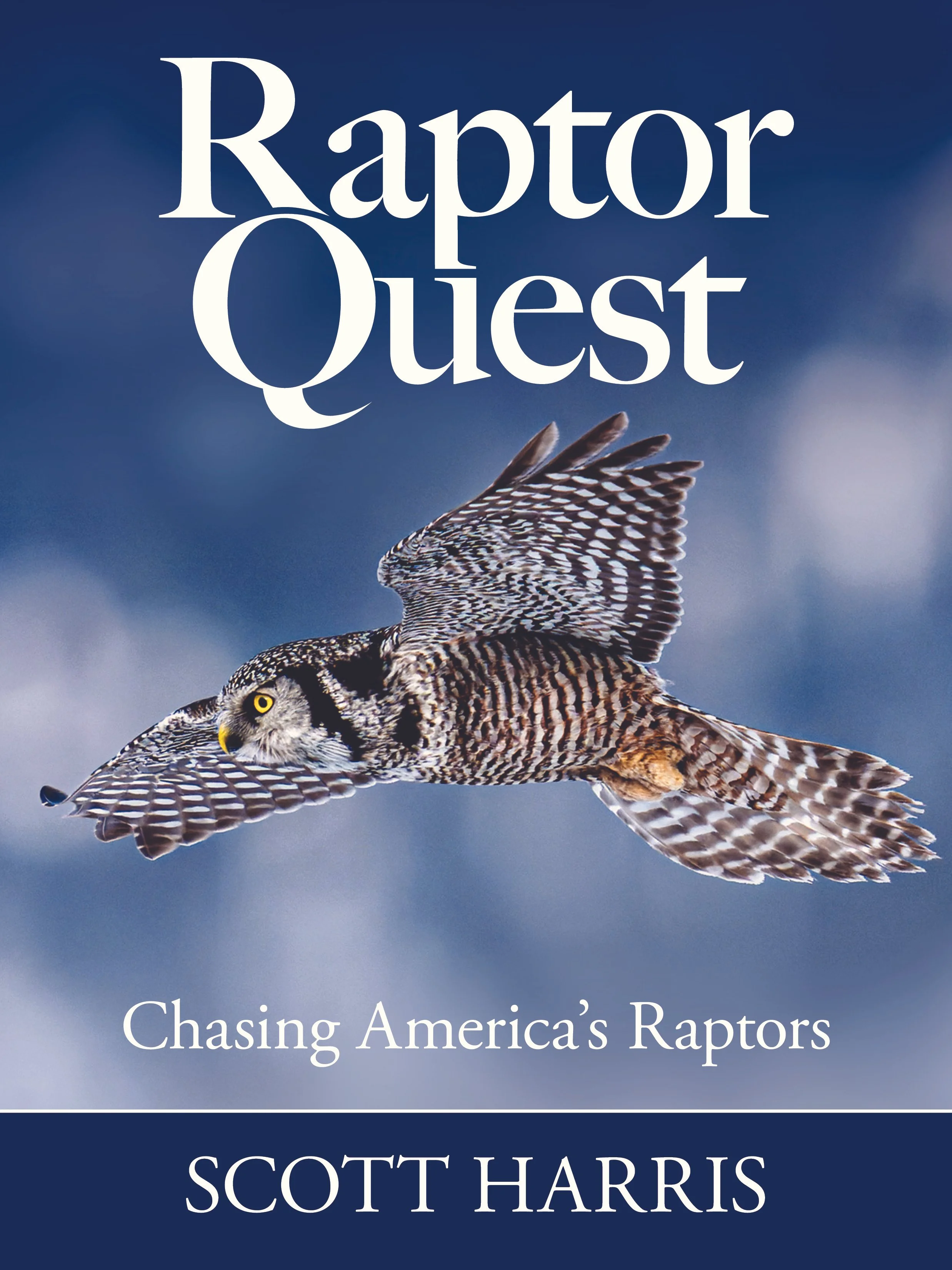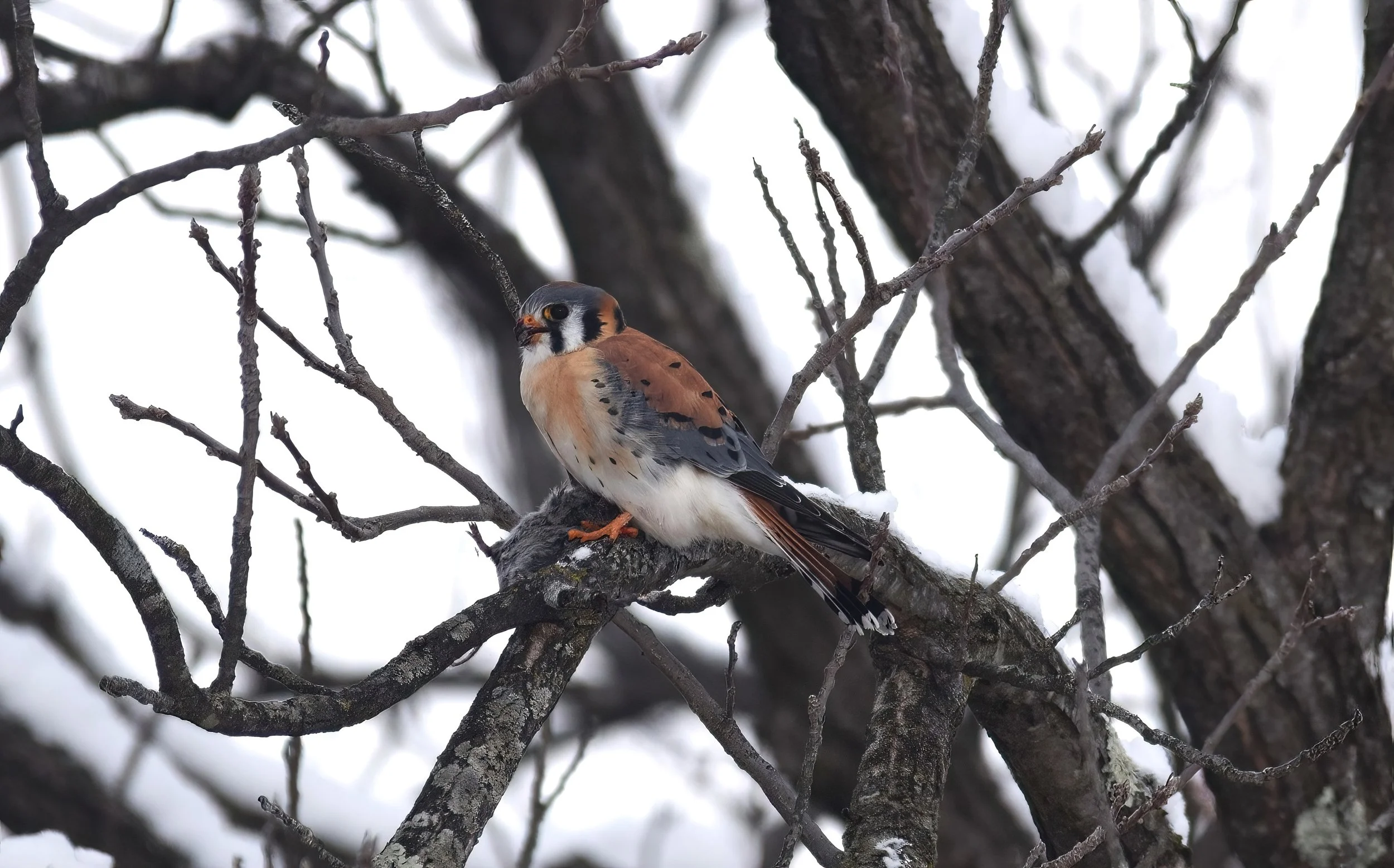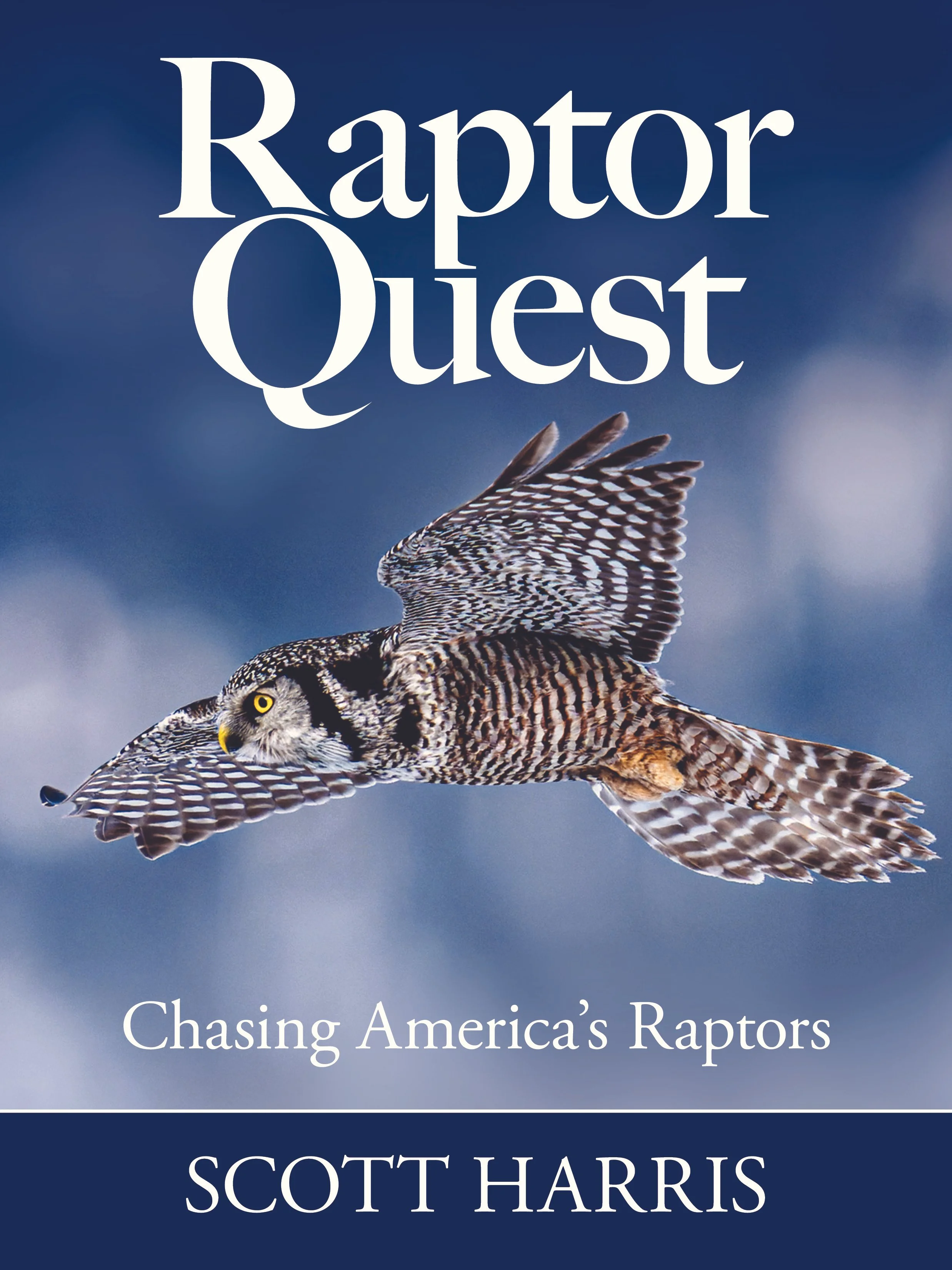Brandon Swayser
This year will mark the 126th annual Audubon Christmas Bird Count (CBC), the world’s longest-running citizen science project and wildlife census.
The Lehigh Valley Christmas Bird Count will take place on Saturday, December 20, 2025. This will be the 82nd year of our count.
The Lehigh Valley Audubon Society (LVAS) administers the annual Lehigh Valley Christmas Bird Count, and several other counts occur nearby, any of which could use your help!
We are looking for 2 types of volunteer participants in our designated circle, feeder-watchers and extra counters.
Feeder-watchers who live within this circle are needed to accurately identify all species commonly seen in their yard. They count birds for any length of time on the 20th and report your sightings on a datasheet that we will provide.
Extra counters will be placed on one of our 12 area leaders' teams, within our designated circle, to drive/walk most of the day to count birds.
We hope you can join us!
If you have any questions, please feel free to contact LVAS’s count complier Brandon Swayser at brandon.swayser@davincisciencecenter.org
What is the Christmas Bird Count?
American Kestrel photographed during the 2024 Lehigh Valley CBC
For those of you who are unfamiliar, the CBC is an annual volunteer-run census of birds that takes place across the western hemisphere from December 14th through January 5th every year. It is made up of thousands of local counts, each lasting 24 hours, covering a 15-mile wide diameter circle of land, and organized by a count compiler. Teams of volunteer counters typically split up areas of the circle and drive and/or walk those areas for up to 24 hours straight, recording the birds that they observe. Christmas Bird Counts are rich in tradition and camaraderie, and due to their thorough nature, often turn up some pretty incredible birds! For many birders, the CBC is one of the highlights of their year, a chance to catch up with old friends, see some rare birds, and above all else, contribute meaningful data to one of the worlds’ most powerful conservation science studies.
That sounds great and all, but isn’t really my cup of tea, how else can I help?
It’s understandable that spending 12+ hours straight birding in the cold isn’t for everyone, but there is another way in which most people can participate, and that is by being a feeder-watcher. Feeder-watchers spend a portion of their area’s count day observing their backyard birdfeeders, or any birds in their yard or local greenspace, and report their sightings to their area’s compiler.
Here are a few easy steps for getting involved as a feeder-watcher:
Determine which (if any) circle your backyard is in by going to: https://www.audubon.org/community-science/christmas-bird-count/join-christmas-bird-count. Click the bold link on that page that says “click here for a map view of circles expected…” and zoom in to your home area on the map. If you are in a circle on that map, click the yellow bird icon in that circle and you will see the count date, and compiler’s contact info. This map may not be updated until November.
Contact the compiler to see if you can sign up to be a feeder-watcher for that count. Don’t wait until the last minute.
On the day of the count, keep a checklist of all bird species you see at your feeders, recording only the highest number of each species that you saw at one time - birds will often visit feeders many times over the course of the day, so this part is important. You also must record your effort - the amount of time that you spent counting birds in your yard and the number of observers who counted with you.
Finally, follow your compiler’s instructions (usually a simple email) for reporting your observations.
Why is the CBC important?
By conducting a standardized survey of birds on the same date, in the same location, with the same methods, and usually by the same people year after year, we gain incredibly valuable data on long term changes in bird populations. CBC data has been the first alert to many population trends over the years and has made an immense impact on avian conservation science. Count data has pointed out downward population trends like that of Evening Grosbeaks and Common Grackle and has helped to inform scientists and catalyze the next steps of conservation work to help these species. Additionally, the CBC is a great way to get new birders involved and grow our team of citizen scientists, and hey, it’s fun!
